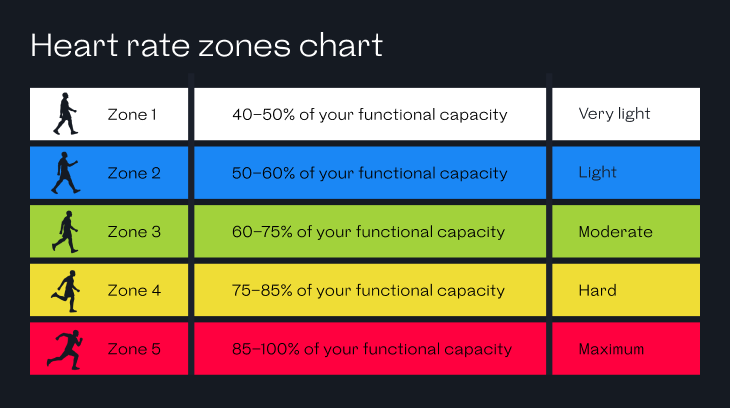Training with Heart Rate
Endurance training is a popular form of exercise that involves sustained physical activity over an extended period of time. Training with heart rate is commonly used by athletes, fitness enthusiasts, and health-conscious individuals to improve their cardiovascular health, build endurance, and enhance their overall fitness levels. One of the essential tools for optimizing endurance training is heart rate monitoring. Keep reading as we explore the utility of heart rate monitoring in endurance training.

What is heart rate monitoring?
Heart rate monitoring involves the measurement of heart rate during exercise. It can be done using various devices, including heart rate monitors, fitness trackers, and smartwatches. The most common way to measure heart rate is through the use of a chest strap or optical sensor that is worn on the wrist. These devices detect the electrical signals produced by the heart, which can be used to calculate heart rate. For most people, the most accurate sensor is a chest strap sensor placed right over the level of the heart.
Why is heart rate monitoring important in endurance training?
Heart rate monitoring is important in endurance exercises because it provides valuable information about how hard the body is working during exercise. Athletes are able to adjust their intensity levels to ensure they are training at the appropriate level for their fitness goals. Here are some of the key benefits of heart rate monitoring in endurance training:
Accurate assessment of intensity levels:
Heart rate monitoring provides an accurate assessment of how hard the body is working during exercise. This information can be used to ensure that the athlete is training at the appropriate intensity level for their fitness goals. By monitoring heart rate, athletes can ensure that they are not working too hard, which can lead to burnout, fatigue, and injury, or not hard enough, which may not produce the desired training effect.

Optimization of training:
Heart rate monitoring can help athletes optimize their training by providing feedback on their progress. By monitoring heart rate during exercise, athletes can track their performance and make adjustments to their exercise plan as needed. For example, if an athlete is meant to perform an endurance ride for 3 hours at a zone 2 heart rate, they will know exactly what heart rate range to be at for those specific workout goals. In that same example, if an athlete’s heart rate is consistently higher than their zone 2 target range, they may need to adjust their intensity to avoid eventual overtraining.
Prevention of overtraining:

Overtraining is a common problem among athletes, particularly in endurance training. Heart rate monitoring can help prevent overtraining by providing feedback on the athlete’s physiological response to exercise. By monitoring heart rate, athletes can ensure that they are not pushing themselves too hard and are allowing enough time for recovery between exercise sessions.
This can also be detected through monitoring daily resting heart rate. If resting heart rate is 10-15 beats higher than normal, that can be a sign that the body is not sufficiently recovered and more rest is needed. Another concept that will be explored in a future post is heart rate variability. Heart rate variability (HRV) is the measure of time fluctuations between heartbeats, a low HRV is a sign of excessive stress to our bodies.
Personalization of training:
Heart rate monitoring can help athletes personalize their training by providing information on their individual response to exercise. Athletes can use heart rate monitoring to identify their individual training zones and adjust their intensity accordingly. This can help athletes achieve their fitness goals more efficiently and effectively.
A typical way to personalize heart rate zones is through testing, such as running an all out 5k or 10k race. Another way is to run for 30 minutes as hard as possible, using the last 20 minutes as the heart rate data. In the past, the heart rate formula 220-age = maximal age related heart rate, was used heavily to determine zones. This method is outdated, is not personalized to each athlete, and should not be used in training.
Conclusion:
Heart rate monitoring is an essential tool for optimizing endurance training. By providing accurate information on the body’s physiological response to exercise, heart rate monitoring can help athletes adjust their intensity levels, optimize their training, prevent overtraining, and personalize their training to achieve their fitness goals. With the help of heart rate monitoring, athletes can improve their endurance, build cardiovascular health, and enhance their overall fitness levels.




